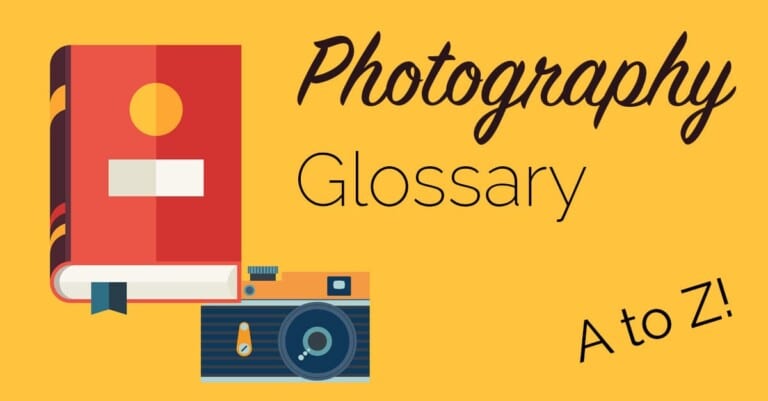Pin-Cushioning
What Is Pin-Cushioning and How Does It Effect Photography and Photographs? When talking about photography and taking photographs the term ‘pin-cushioning’ refers to a kind of distortion which makes images appear ‘pinched’ in the middle. The term gets its name from the effect pushing a pin into a pin-cushion has on its appearance. Pin-cushioning is a problem associated mainly with cheap telephoto zoom lenses such as those found on point and shoot cameras. The effects of pin-cushioning can be corrected in post-processing or by using higher quality equipment. The opposite of pin-cushioning is ‘barrel distortion’ which causes an image to …

